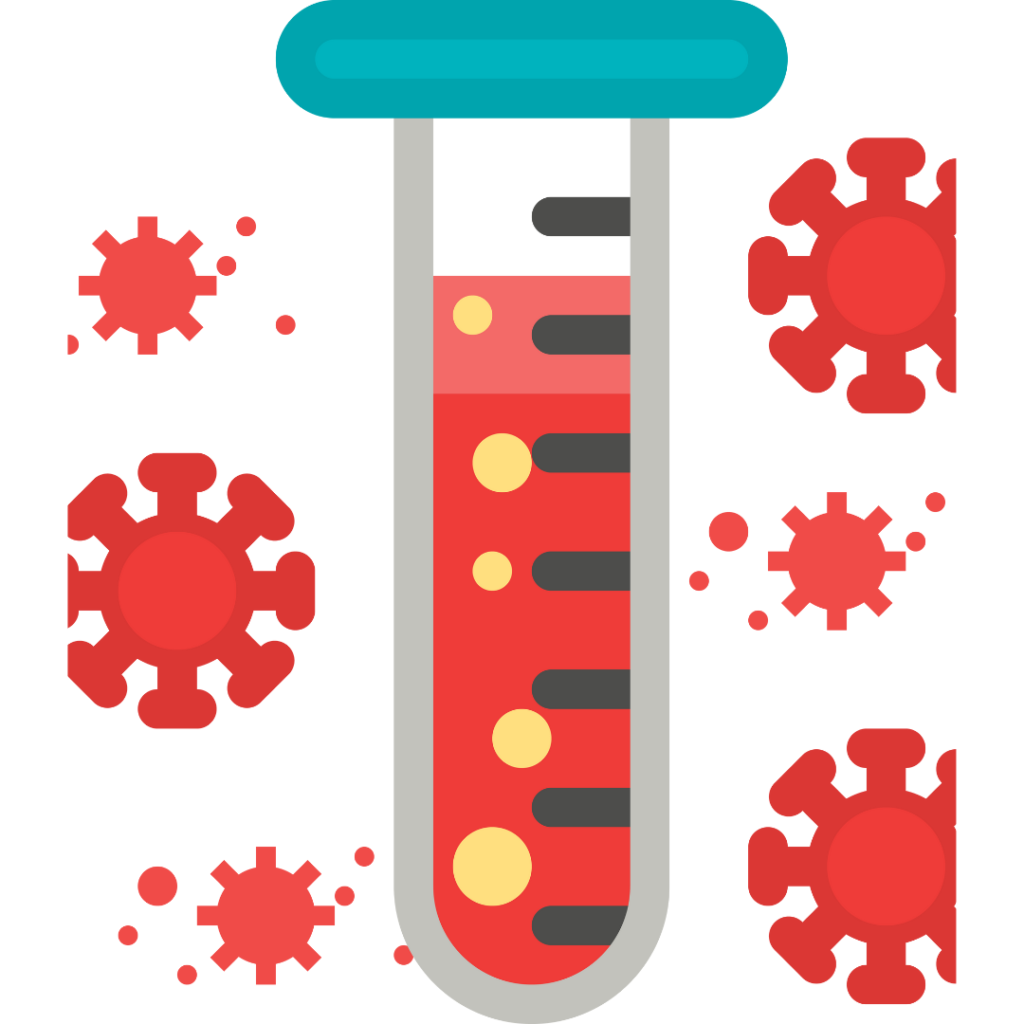By Dr. Christina Oleson
The role of physical medicine and rehabilitation in both the acute presentation of COVID-19 and the subsequent acute hospitalization and rehabilitation is integral to the care of those with post-acute sequelae of COVID-19, now named “PASC”, or in lay terms, “long COVID”. According to the World Health Organization, the term PASC may be assigned to individuals with a history of probable or confirmed COVID-19 infection who are now 3 or more months from the onset of COVID-19, with symptoms that lasted for at least 2 of those months and cannot be explained by alternative diagnoses. Symptoms of PASC generally impact daily functioning and can be simultaneous with the initial illness or develop later but persist for many months in the future.

Since the beginning of the pandemic, Dr. Christina Oleson has examined the effects early and post-acute sequelae of COVID-19 in 3 different groups of patients who also have spinal cord injury (SCI) :1) those who have chronic SCI and contracted acute COVID-19; 2) those who experienced new traumatic SCI and while still in the surgical ward or early in rehab developed a new COVID-19 infection, and 3) those who developed acute COVID -19 that caused a neurologic complication involving nontraumatic SCI attributable to COVID-19, including a spinal cord infarct or transverse myelitis. Each of these 3 groups has experienced unique challenges that can be new for physicians who have cared for SCI patients for many years.
Common symptoms of PASC or long COVID can be particularly difficult in persons with SCI. Common symptoms of PASC are fatigue; headaches; shortness of breath, with or without the need for supplemental oxygen; heart palpitations with exercise intolerance so profound that even pushing a manual wheelchair becomes difficult; loss of taste and smell that reduce appetite. Other very common symptoms include joint and muscle aches that worsen a patient’s existing spasticity. A sense of “brain fog” and cognitive deficits can impair learning how to manage a new SCI or may render impossible many tasks that a person with chronic SCI previously performed. There can be new sensory deficits including new and painful numbness and electric shocks that presents very early in rehab and for persons with chronic SCI compounds existing neuropathic pain. In those with simultaneous SCI and COVID-19, the management of neuropathic pain sometimes requires issuing the maximal doses of several non-narcotic medications typically given for nerve pain—only to learn that physical therapy, massage therapy, aqua therapy, and nontraditional forms of pain management can be more helpful. Finally, urinary tract infections in these persons can be very challenging due to inflammatory molecules called cytokines that inhabit the urinary tract of COVID-19 patients’ months beyond the acute illness. Researchers remain at a loss as to the best way to treat these inflammatory urinary cytokines in those without SCI, let alone the population we serve at MetroHealth Rehabilitation.
For Dr. Oleson, treatment of individuals with both new and chronic SCI who develop long COVID has been the most challenging, and yet the most rewarding, of her career. No one patient is like any other, but each has a story to share. Listen well because it might be a long story!

